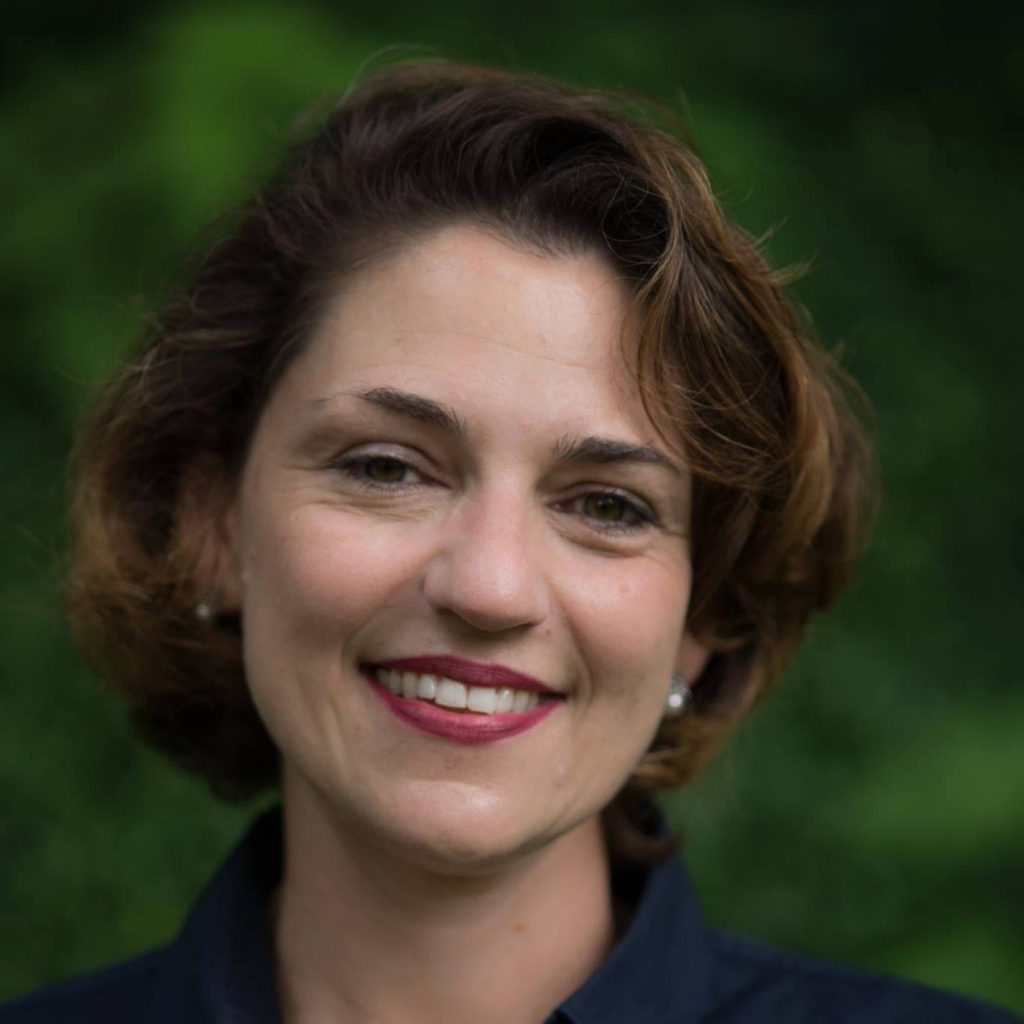
The People’s Money
What are the best ways to connect with and empower members of our community who continue to face barriers and challenges to engagement? How can we bring more people to the table to work to build a stronger community and make our government more equitable, effective, and responsive to the needs of residents?

In the last few years, we undertook new efforts to address these questions, most notably through our work on racial equity and increased engagement efforts.
We know more needs to be done. And, we know Takoma Park is not the only city looking at these issues. When I meet colleagues across Maryland and the country, I hear them asking the same questions and talking about the same challenges in their communities. It was at one of these recent meetings that I sat through a presentation on participatory budgeting. I had been introduced to this idea a couple of years ago. More recently, in the last few months, a resident reached out and sent me some materials to read. At this time, I started to see the potential of participatory budgeting to help us begin to create a more equitable budget, increase civic engagement, and build stronger relationships among residents and government.
Never heard of participatory budgeting? Most folks haven’t so you are in good company. Think about putting in place a system through which residents in the community get to decide how to spend a portion of the City budget.
“Participatory budgeting is a democratic process in which community members decide how to spend part of a public budget. It gives people real power over real money.” Participatory Budgeting Project
How does it work?
Generally, here are the basic steps and a proposal for starting to put participatory budgeting to work in Takoma Park that I would like the City Council to consider:
Step 1: Decide on the topic and allocate a portion of the budget. First, the City Council would need to decide on the portion of the budget and an area to focus on. Funds for participatory budgeting usually come from the existing budget and is a change in how we decide to use the budgeted funds.
Proposal for TkPk: We build on the Council priority to: “Ensure we have a range of safe, quality, and stable housing options that are affordable for residents of varying incomes and all races and ethnicities” and focus on projects to improve living conditions for renters in the community.
The Council would work with staff to identify funds either in Department budgets and/or we can allocate funds from the Housing Reserve Fund to focus on projects to improve living conditions for renters in our community.
Step 2: Designing the process. After selecting the topic and identifying the source of funds, we would form a Participatory Budget Committee with representatives from the City staff, residents, and possibly outside experts to design the process for soliciting ideas, developing proposals, and voting on how to spend the allocated dollars.
For example, if we have a project focused on improving living conditions for renters in our community, the Committee would be comprised of renters who would then design the process. Through designing the process, residents work closely with representatives from Council and City staff, resulting in more resident engagement and collaboration between people and government.
Step 3: Brainstorming ideas and developing proposals. Based on the process designed by the Committee, there would be a phase of brainstorming of ideas and identifying needs.
Using the examples of programs for renters, the Committee—with support from the City—would set up and hold meetings with renters to generate ideas, identify needs, and support the formation of groups of renters to take those ideas and turn them into feasible proposals.
Step 4: Proposals would be submitted to the Committee and to the City Council which would narrow them down based on criteria set out by the Committee to a manageable number for people to vote on.
Through this process, we would receive innovative ideas that are developed by and responsive to the needs of renters in our community.
Step 5: Vote, and then the winning project is funded!
Participatory budgeting has been shown to assist in increasing community engagement as people see tangible results and investments made in programs and projects they themselves identify to address their needs.
The overall process will take over a year and perhaps more the first time we undertake this effort. In addition to having one project that is voted on for funding, this process provides the City Council and staff with a range of new ideas on programs that we can decide to put in place.
Participatory budgeting is not meant to replace other funding programs, such as the Community Grants program.
In the end, participatory budgeting will increase engagement in the community, create stronger and more collaborative relationships among residents and government, and lead to projects designed by and addressing the needs of residents. Our goal is to create a process and space for people who traditionally have not participated in local government to have a say in local decision-making that impacts their lives.
I look forward to continuing the conversation about participatory budgeting and starting to put this into action soon. I welcome your thoughts and input.
For more information about participatory budgeting check out this website.
